Animals
-
 Animals
AnimalsClimate change now bigger menace than forest loss for snowshoe hares
Shorter snow seasons push climate change ahead of direct habitat loss as menace for Wisconsin snowshoe hares.
By Susan Milius -
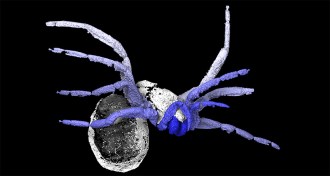 Animals
AnimalsAncient arachnid was almost a spider
A newly discovered ancient arachnid might offer clues on spider origins.
-
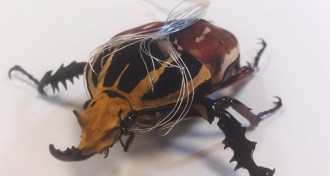
-

-
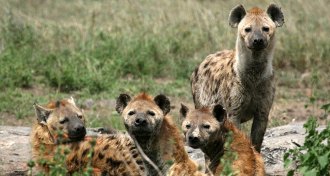 Animals
AnimalsWhy some male hyenas leave and others are content to stay home
Having access to enough females, and a mom to help, can keep a male hyena from leaving his clan.
-
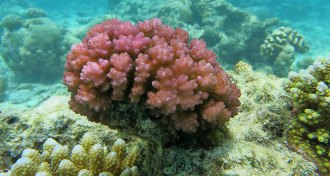
-
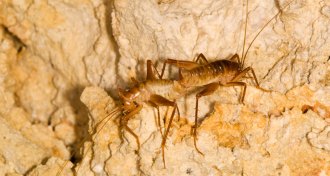 Animals
AnimalsUnknown species hide among Texas cave crickets
A study of population structure among a genus of cave crickets reveals that new species are waiting to be discovered.
-
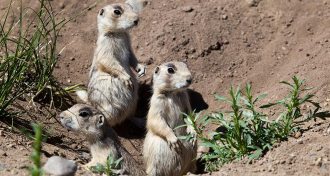 Animals
AnimalsIt’s an herbivore-kill-herbivore world
Female prairie dogs killing babies of another species might keep competitors off the grass.
By Susan Milius -
 Animals
AnimalsFemale burying beetle uses chemical cue to douse love life
While raising their young, burying beetle mothers produce a chemical compound that limits their male partner’s desire to mate.
-
 Science & Society
Science & SocietyEverything you ever wanted to know about hair — and then some
'Hair: A Human History' details the surprising role hair has played in human history.
By Meghan Rosen -
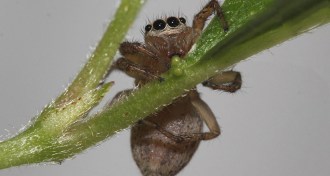 Animals
AnimalsSpider diet goes way beyond insects
Veggie-eating spiders have been found on every continent except Antarctica, a new study notes.
-
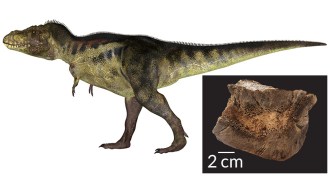 Paleontology
PaleontologyHow to tell if a T. rex is expecting
A “pregnancy” test for tyrannosaurs relies on chemical analyses of medullary bone, a reproductive tissue found in female birds.
By Meghan Rosen